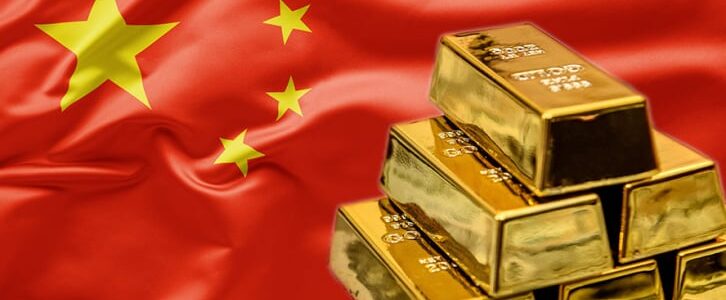
China’s actual gold purchases this year may exceed officially declared volumes by several times and have already become one of the key drivers of record growth in precious metal prices, the Financial Times writes, citing analysts and market data.
According to official statistics from the People’s Bank of China, in 2025 the regulator purchased only about 25 tons of gold, with an increase in reserves of approximately 2 tons in some months. However, analysts at Société Générale, assessing trade flows of large bars and import data, believe that Beijing’s actual purchases could reach up to 250 tons per year, or more than a third of the total demand of global central banks. According to their estimates, actual purchases may exceed the officially disclosed figures by ten times or more.
Bruce Ikemizu, director of the Japan Precious Metals Market Association, said that market participants this year “practically do not believe official statistics, especially for China,” and estimates the country’s current gold reserves at nearly 5,000 tons — about twice the level reported publicly by the Chinese authorities.
According to the FT and experts, a significant portion of purchases are made opaquely — through the State Administration of Foreign Exchange (SAFE), the sovereign wealth fund China Investment Corporation, and other entities that are not required to publish detailed reports on gold reserves. This makes it difficult to assess the real scale of operations and increases market uncertainty.
Analysts note that the secretive accumulation of gold is linked to a strategy of de-dollarization. “China is buying gold as part of its strategy to reduce its dependence on the dollar,” the press quotes Jeff Currie, a strategist at Carlyle, as saying. Gold is seen as a hedge against currency and geopolitical risks, including against the backdrop of tensions with the US.
According to estimates by the World Gold Council, over the past decade, the share of gold in the international reserves of countries outside the US has grown from about 10% to 26%, making the metal the second most important reserve asset after the US dollar. Large-scale purchases by central banks have helped push the price of gold above $4,300 per troy ounce, according to the FT and industry publications.
China remains the world’s largest producer and consumer of gold, accounting for about 10% of global production, which allows Beijing to increase its reserves not only through imports but also through the domestic market.